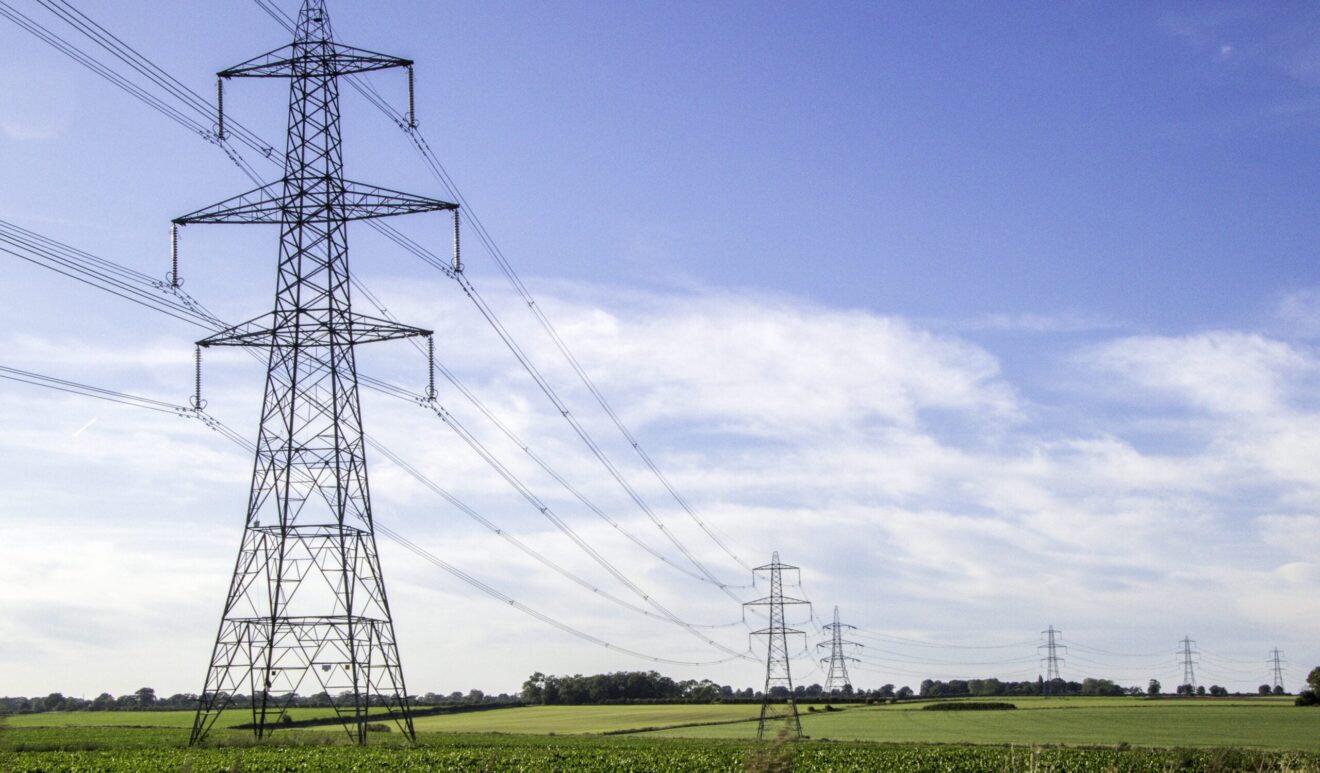PURA’s Office of Education, Outreach and Enforcement is proposing a significant cut to Eversource’s allowed rate of return on equity, saying the cut would save residential Eversource customers about $93 million a year.
Based on the testimony of Aaron Rothschild, a Ridgefield-based financial consultant who has testified on utility rates of return since 2002, the proposal to cut Eversource’s rate of return from 8.95 percent to about 7.17 percent has drawn support from Attorney General William Tong, the Department of Energy and Environmental Protection and the Connecticut Industrial Energy Consumers.
But Eversource says what customers save now, they’ll lose in the long run, arguing that another cut to its rate of return would lead to credit agencies downgrading the company’s rating, scaring off investors and forcing Eversource to lean even more on its customers to make up for the loss of outside capital.
Lawmakers spurred the investigation into a potential interim rate decrease for Eversource and United Illuminating when it passed a wide-ranging bill last year, aimed at reforming their operations in the wake of a widely-derided response to Tropical Storm Isaias.
PURA is no longer considering an interim rate decrease for United Illuminating because of a June settlement agreement where the company agreed to contribute $5 million of its own money as it returns $44.7 million it has overbilled customers since the 2017 federal corporate tax cut.
But PURA’s Office of Education, Outreach and Enforcement is still considering a rate cut for Eversource, a situation that has left the company bristling at the proposal, calling it “draconian.”
The Office of Education, Outreach and Enforcement – known as EOE – is a branch of PURA that was set up by current Chair Marissa Gillett, which is “firewalled” from the authority’s regulatory arm so that it can work with and answer questions from stakeholders, with which other PURA staff who are involved in making regulatory decisions cannot communicate.
PURA designated EOE as a party in the interim rate decrease proceedings so that it could submit testimony along with other parties, including the utilities and the Office of the Attorney General.
The EOE has taken the lead in pushing for a rate decrease, bringing on Rothschild as its key witness to testify that Eversource’s current rate of return is unreasonably high and that the benefits to customers of cutting from 8.95 percent to 7.17 percent far exceed any loss of outside investment Eversource would encounter as a result.
Earlier this year, Moody’s and S&P both changed Eversource’s credit outlook to negative, expecting the regulatory environment of PURA to hurt the company’s ability to draw outside capital investment.
The Moody’s statement said the credit rating agency expected the penalty PURA imposed on Eversource for what it said were failures in the company’s response to widespread power outages from Tropical Storm Isaias in August 2020 will weaken the company’s financial performance – especially if the cut to Eversource’s rate of return on equity continues indefinitely.
Eversource said it relies on outside capital from lenders and investors to help fund the amount of equipment and infrastructure the company needs to keep its electrical system operating. If those investors can’t get a reasonable return, they won’t lend money to Eversource to invest in its infrastructure, the company said.
Eversource Assistant Treasurer for Corporate Finance and Cash Management Emilie O’Neil told PURA during a May hearing that if the company’s credit rating were downgraded it would “absolutely” be a result of the regulatory environment created by PURA.
“This is really unprecedented, and is the exact opposite of what the rating agencies value in terms of predictability,” O’Neil said. “Our ratings will drop and there will be a direct increase in costs to consumers.”
The EOE agreed that it was “critical” that the authorized return was consistent with investors’ expectations of the market, otherwise the company might not be able to raise the capital it needs to run its operations.
But EOE argued that a return around the midpoint of Rothschild’s recommendations – about 7.17 percent – would not have the major impacts Eversource warned about. It pointed to Ameren Illinois, saying Ameren’s stock price and credit rating have remained strong after its Illinois subsidiary was approved for a 7.36 percent return on equity this year.
Rothschild calculated that if Eversource’s credit rating was downgraded, and all of its outstanding debt was refinanced to reflect the downgrade, that the “worst case scenario” would amount to a loss of $22 million in outside investment a year for Eversource — while cutting the company’s return to 7.17 percent would save customers $92.6 million.
“Even in the unlikely case of a slight credit downgrade, [Eversource] would have no problem raising capital in the form of debt or equity, and the potential resulting costs would be significantly outweighed by the benefits of implementing his recommendations, from the point of view of consumers,” EOE said.
PURA is expected to issue a draft decision on an interim rate decrease for Eversource this month, with a final decision expected in October.

